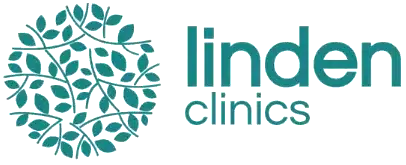Table of Contents
One of the most common misconceptions about autism is that you can recognize it by appearance. In reality, Autism Spectrum Disorder (ASD) is often referred to as an “invisible condition.” Understanding autism requires more than a glance—it depends on awareness, behavior, and empathy.
Autism Is Diagnosed by Behavior, Not Appearance
ASD is a complex neurodevelopmental condition diagnosed through behavioral assessments, communication patterns, and developmental history—not physical traits.
- According to the DSM-5, diagnosis relies on criteria related to social communication and repetitive behaviors.
- Physical appearance provides little to no insight into neurological processing.
- Many individuals with autism “mask” their challenges—especially girls and adults—appearing outwardly “fine” while internally facing sensory overload, social fatigue, or anxiety.
The Dangers of Misjudgment in Recognizing Autism
Believing that someone “doesn’t look autistic” can delay proper diagnosis, support, and empathy. This misconception particularly affects:
- Girls and women, who are often underdiagnosed due to stronger masking abilities.
- Adults, especially in regions where diagnostic services were limited in earlier decades.
Such misunderstandings highlight why public awareness and professional training are essential in recognizing autism accurately.
Understanding Comes from Listening, Not Looking
Recognizing autism requires careful observation, consistency, and lived experience rather than first impressions.
Parents, teachers, and therapists usually notice signs such as repetitive behaviors, intense fixations, or sensory triggers long before an official diagnosis is made.
These lived experiences align with Stem Cell Therapy for Autism Reviews, where families often report improvements in invisible struggles—such as better focus, increased social engagement, and reduced sensory distress—after therapy.

Complementing Biological and Behavioral Insight
While Stem Cell Therapy Autism Research explores biological factors like neuroinflammation and immune response, behavioral understanding remains central to supporting autistic individuals.
Some of the Best Stem Cell Clinics for Autism recommend early diagnosis and comprehensive care that integrates biological, psychological, and educational support.
Conclusion
You cannot always “see” autism—but with awareness, empathy, and access to proper care, you can recognize and respond effectively. Whether you are a parent, teacher, or professional, being informed is the first step.
For families exploring advanced care, Stem Cell Therapy Autism Clinical Trials and specialist consultations may provide additional insights into combining biological treatment with behavioral support.

